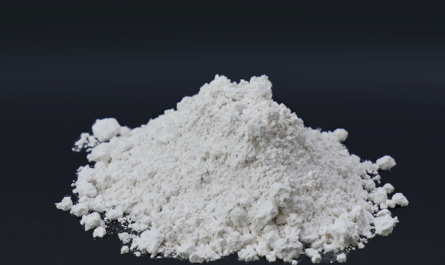Paragraph: The Petrochemicals Market is estimated to be valued at US$ 565.55 Bn or in 2023 and is expected to exhibit a CAGR of 9.2% over the forecast period 2023-2030, as highlighted in a new report published by Coherent Market Insights.
Market Overview:
The petrochemicals industry involves production of a wide range of chemical products such as ethylene, propylene, butadiene, benzene, toluene, xylenes, ammonia, methanol and others from petroleum feedstock. Common petrochemicals produced are used as intermediates or raw materials to produce plastic, synthetic fibers, rubber products, detergents, paints & coatings and other industrial and consumer goods. The industry supports product sectors such as packaging, construction, automotive, aviation, fertilizers, pharmaceuticals. Major petrochemical producers are located in Asia Pacific, North America, and Middle East regions due to easy availability of oil and gas feedstock.
Market Dynamics:
Drivers:
1. Rising polymer demand from construction and packaging industries is driving the petrochemicals market growth. Growth in building & construction due to rapid urbanization in emerging nations fuels the demand for polymers which are used to manufacture materials like PVC and sealants.
2. Increasing vehicle production and engine downsizing trend increases the consumption of polymers used in automotive components and plastic parts. Polymer requirements are rising with automotive lightweighting initiatives for better fuel efficiency.
The flourishing industries utilizing petrochemical products along with renewable resource integration in production will support the global petrochemicals market expansion during the forecast period.
Segment Analysis
The petrochemicals market is dominanted by commodity petrochemicals which accounts for more than 50% of the total market share. Commodity petrochemicals are products like ethylene, propylene, benzene, toluene and xylene, which serve as basic feedstocks and intermediate chemicals for numerous other petrochemical derivatives. This segment witnesses steady demand from industries such as polymers, synthetic fibers, solvents etc. The derivatives segment is emerging at a faster pace driven by growth in specialty polymers, elastomers and other performance chemicals.
PEST Analysis
Political: The petrochemical industry is favored through supportive government policies in major markets. However, stringent environmental regulations regarding emissions may increase compliance costs.
Economic: Strong GDP growth in developing nations is driving demand from end-use industries. Volatile crude oil prices remain a challenge due to dependency on oil & gas as key raw materials.
Social: Rising living standards and population are leading to increased consumption of petrochemical-based consumer goods and industrial applications.
Technological: Investments in R&D are leading to innovations in processes to improve efficiencies and development of advanced applications.
Key Takeaways
The global Petrochemicals Market Share is expected to witness high growth, exhibiting CAGR of 9.2% over the forecast period, due to increasing consumption of end-use industries and growing population. The market size for 2023 is estimated at US$ 565.55 Bn.
The Asia Pacific region dominates the global market with over 50% share led by China, India and other Southeast Asian countries. This can be attributed to rapid industrialization and urbanization, driving demand from sectors like construction and automotive.
Key players operating in the petrochemicals market are BASF, SABIC, TOTAL, Indian Oil Corporation Limited, Chevron Phillips Chemical Company, BP PLC, Sumitomo Chemical Company, Reliance Industries Limited, DowDuPont, Royal Dutch Shell. The industry is witnessing consolidation through mergers and acquisitions to gain access to new technologies and expand geographical footprints.
*Note:
1. Source: Coherent Market Insights, Public sources, Desk research
2. We have leveraged AI tools to mine information and compile it


